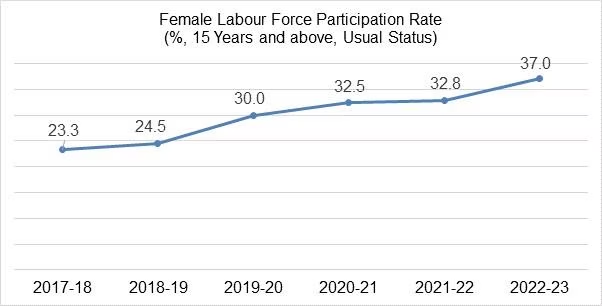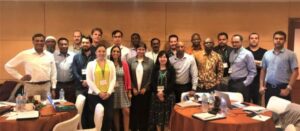The rise in India’s Female Labour Force Participation Rate from 2017-18 to 2022-23 marks a positive shift toward gender equality and economic inclusion. However, the journey is far from over. Addressing structural challenges, fostering a supportive ecosystem, and breaking socio-cultural barriers are essential to sustaining and accelerating this progress. For UPSC aspirants, understanding the dynamics of FLFPR offers a comprehensive view of gender, development, and economic policies—key themes in India’s pursuit of equitable growth.









